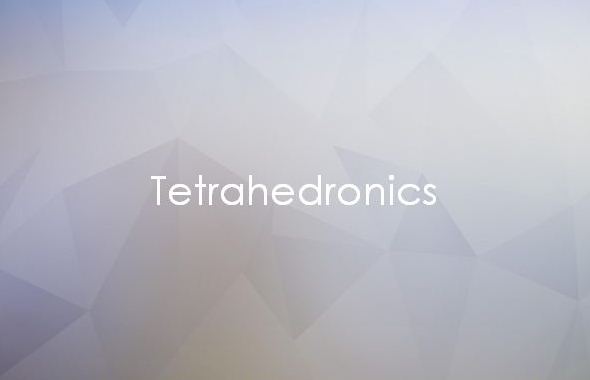A number of years ago, “The Five People You Meet in Heaven” by Mitch Albom was published. While this work spoke to characters who met the protagonist of the text, including The Blue Man and The Captain, I began thinking about the 5 people each of us need on this earth.
But rather than meeting people “processively” as in the “Meet in Heaven” allegory (that is, meeting the first person first, the second person next, etc.), I thought of how these five people would relate “systemically” to the individual. Considering the model offered by the Prayer of St. Patrick, I first thought there could be a person above the individual, one below the individual, and one to the individual’s right and one to the individual’s left.
But then, where is the 5th person?
Then I though of “who” those people would be. When I started to list them, the systemic placement I had started out with was incomplete. The more appropriate construct would be a five-pointed star, with two “legs” below, two “arms” to each side, and one above. Interestingly, it’s the same shape as the Vitruvian Man – the famous sketch of a man drawn within a circle by Leonardo da Vinci.
The five people, and in some instances, groups of people, are:
- Spiritual Advisor/Confessor – When you realize you need to speak to someone regarding a matter of conscience, there is comfort in knowing that forgiveness is possible, and, simply because we are human, necessary. This would be the position that’s “above” the individual, and can even represent one’s personal relationship with the triune God.
- Mentor(s) – The mentor is the coach who sees the potential in the individual and can bring out that person’s best and most effective self. The presence of a mentor also supports the necessity of life-long learning. It is one of the “arms,” of the graphic described, since the mentor walks with the person, and doesn’t “supervise” them.
- Colleagues – Consisting of both Supporters and Detractors, listing both of these types acknowledges the reality of the “fan,” as a Supporter can become a Detractor, and vice versa.
- Students (Apostles) – As formal learners, students perpetuate the mentor/student relationship, so that knowledge can continue to flow not simply from one generation to the next, but through and across disciplines; and
- Followers (Disciples) – With a nod to social media, followers learn from the individual, but in a less structured way than students. More than the typical fan, they seek to develop a learning relationship with the individual.
The force that ties all these people and bind them to one another is the passion necessary to fuel a dedicated commitment to one’s God-given purpose.

